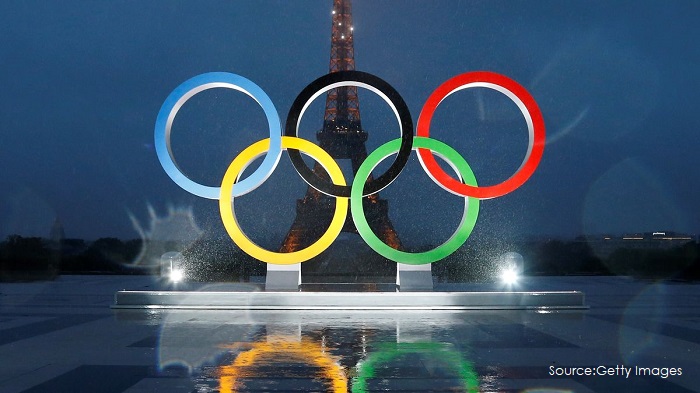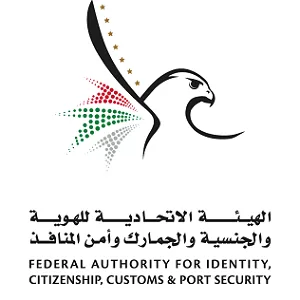Sports
USOPC’s Trans Ban Sparks Global Debate Over Fairness in Women’s Sport

While the eyes of the world are on the Paris 2024 Summer Olympics and while preparations for Los Angeles 2028 are underway, the sporting community is once again at the centre of a debate far more encompassing than just competition. The USOPC’s decision to ban trans women from participating in women’s categories is more than just a rule change – it is a moment of pause for this sporting world, during which time it is fast becoming the arena for a tug-of-war between equality, inclusion, science, and politics. What follows is an outline of how this decision falls within a broader narrative being acted out in international sport.
What the USOPC Has Decided
In July 2025, the USOPC implemented a new eligibility policy that disqualifies trans women from competing in women’s categories in Olympic-level events under its governance.
Hence, this particular decision will almost certainly affect how different national associations would go to treat the same problem in the time running up for the largest events, including Los Angeles 2028.
The USOPC sees fairness and advantages provided by biology as the foremost motivations for this decision. While they have not released peer-reviewed scientific data as a basis for the policy, they reference concerns raised in recent international federations’ debates, including World Aquatics and World Athletics.
This decision aligns the USOPC with other major sports governing bodies that have adopted similar positions in recent years.
A Global Shift in Eligibility Criteria
The International Swimming Federation (World Aquatics) banned trans women who underwent male puberty from elite women’s competition in 2022.
World Athletics followed in 2023 with a ban on trans women from female categories in international events.
These decisions have been contentious, praised among athletes on grounds of performance fairness, and stringently opposed by inclusion advocates, who argue the policies are exclusionary. The Union Cycliste Internationale (UCI) in 2024 adopted a policy stating that trans women should only be eligible to participate in women’s events if they transitioned pre-pubertally.
Each of these rulings reinforces a global trend toward more restrictive participation rules for trans athletes at elite levels, despite many federations continuing to permit inclusive competition at amateur and youth levels.
The Key Arguments at Stake
The argument for the ban largely centres on perceived competitive advantage. Some sports scientists argue that trans women retain physical advantages related to muscle mass and endurance, even after hormone therapy.
Others point out that evidence on performance advantage remains inconclusive, especially given the small number of trans women competing at elite levels.
A 2021 review in the British Journal of Sports Medicine found that trans women experience a reduction in strength and haemoglobin levels after 12 months of hormone therapy, but some advantages may persist.
Advocacy groups counter that elite sport already accommodates a wide range of natural physical variation, such as height, lung capacity, and limb length. They argue that trans inclusion is about equity, not sameness.
The Human Rights Campaign and Athlete Ally have consistently opposed policies that they view as exclusionary toward transgender athletes.
What This Means for the Olympics
The Olympic Games have always claimed to stand for unity, diversity, and inclusion. The Olympic Charter speaks of “building a better world through sport without discrimination of any kind.”
Yet, inclusion has often been shaped by the realities of politics, commercial influence, and science.
While the International Olympic Committee (IOC) itself issued a 2021 framework encouraging flexibility and non-discrimination, it leaves the final say to individual sporting federations.
This approach has led to fragmented rules across disciplines.
For example:
- Boxing and Weightlifting: Some federations have adopted restrictive eligibility policies for trans women.
- Rowing and Archery: Others may consider case-by-case evaluations.
- Skateboarding and Surfing: These newer Olympic sports have generally leaned toward more inclusive policies.
So while the USOPC’s stance may align with certain trends, it is by no means universally accepted.
What Sports Brands and Federations Stand to Gain
Sports bodies and commercial partners sponsoring the Olympics stand to gain both visibility and market reach.
Companies like Nike, Adidas, and Puma have built decades-long reputations by aligning with Olympic values.
These sponsors support federations in athletics, gymnastics, swimming, and football—sports that dominate viewership and medal counts.
What they gain is enormous brand recognition and audience alignment. The Tokyo 2020 Games had a global reach of over 3 billion viewers.
The challenge now lies in how these federations and their sponsors navigate the optics of this policy shift without alienating key audience segments.
A Mixed Reaction from the Global Sports Community
Some athletes have welcomed the move. Former Olympians in swimming and track have publicly supported the policy, citing personal experiences and concerns about fairness in female categories.
Others, including LGBTQ+ athletes, feel the move is damaging and contributes to the erasure of trans visibility in elite sport.
The tension is acute, and no universal consensus has emerged.
The Policy Ripple Effect
The USOPC decision might lead to:
- Reassessment of national federation policies in countries aligned with the U.S.
- Increased pressure on the IOC to establish more uniform criteria
- Further litigation or advocacy from civil rights organisations
The decision also underscores the absence of comprehensive global data on trans participation in elite sport, making it hard to build universally agreed-upon policies.
Emerging Narratives and Counterpoints
There is a growing call among academics and ethicists to rethink how we define categories in sport.
Some propose creating open or mixed categories as alternatives, though this raises questions around funding, competitiveness, and public interest.
Others argue for sport-specific criteria rather than blanket policies.
For example, in sports like shooting or archery, where physiological advantages may be minimal, more inclusive policies could be appropriate.
The challenge is to make decisions rooted in data, not public sentiment alone.
Where Do We Go From Here?
Sport has always reflected society’s struggles and aspirations.
The debate around trans inclusion is about much more than medals. It reflects how we define fairness, belonging, and identity in a global world.
The decision by the USOPC is unlikely to be the last word on the matter. As more federations update their policies, the landscape will continue to shift.
Whether you’re an athlete, a fan, a policymaker, or simply someone who believes in the value of competition, this moment offers a rare opportunity to reflect.
Is the purpose of elite sport to mirror biological divisions? Or can it evolve to reflect a broader definition of human capability and inclusion?
That answer may vary depending on where you stand. And it may continue to evolve in the years to come.
Suggested Reading and References:
- British Journal of Sports Medicine: “Effect of Gender-Affirming Hormone Therapy on Athletic Performance”
- IOC 2021 Framework on Fairness, Inclusion and Non-Discrimination based on Gender Identity and Sex Variations
This isn’t about finding the right side of the debate. It’s about understanding the complexity of what’s at stake—for athletes, for institutions, and the very idea of fair play in global sport.























































